True crime has always been a tremendously popular genre, even dating back to the tabloid publicity around the Jack the Ripper murders. The genre continues to hold public attention. In Australia, a 2018 survey revealed that 44% of podcast listeners had listened to a true crime podcast within the previous month. In 2020, Karen Kilgariff and Georgia Hardstark, the co-hosts of My Favorite Murder, joined Joe Rogan as America’s highest-earning podcasters.
The market is saturated with books, podcasts, documentaries, television shows, and film adaptations all seeking to explore truly horrific crimes. In some cases, this coverage can be helpful and even illuminating. Adnan Syed’s conviction was overturned after his case was scrutinized by the hit podcast Serial. The second season of In the Dark helped to free Curtis Flowers. Michelle McNamara’s I’ll Be Gone in the Dark “kept interest and tips coming in” concerning the Golden State Killer.
However, there is a more uncomfortable side to the industry. Last year, Netflix’s release of Ryan Murphy’s miniseries Dahmer was met with protests from the families of victims. “I don’t see how they can use our names and put stuff out like that out there,” remarked Shirley Hughes, mother of victim Tony Hughes. There was a similar concern over the documentary I Am a Killer in the lead-up to its release. According to Time, Mindy Pendleton, who had helped raise Robert Mast who was strangled in 2015 at 25 years old, begged the producers across several emails not to feature Mast’s story in the documentary. Mast’s story was featured, and the murderer was interviewed.
There is a sense in which there is a cynical effort to commercialize and commodify human trauma. While killers themselves cannot profit from their crimes, there is a market around it. Victim advocate Andy Kahan has campaigned passionately against what he terms “murderabilia” — the attempt to sell memorabilia associated with these sorts of tragedies. There’s an entire complex built around it, as evidenced by the existence of Murder House Flip, a real estate show about murder sites.
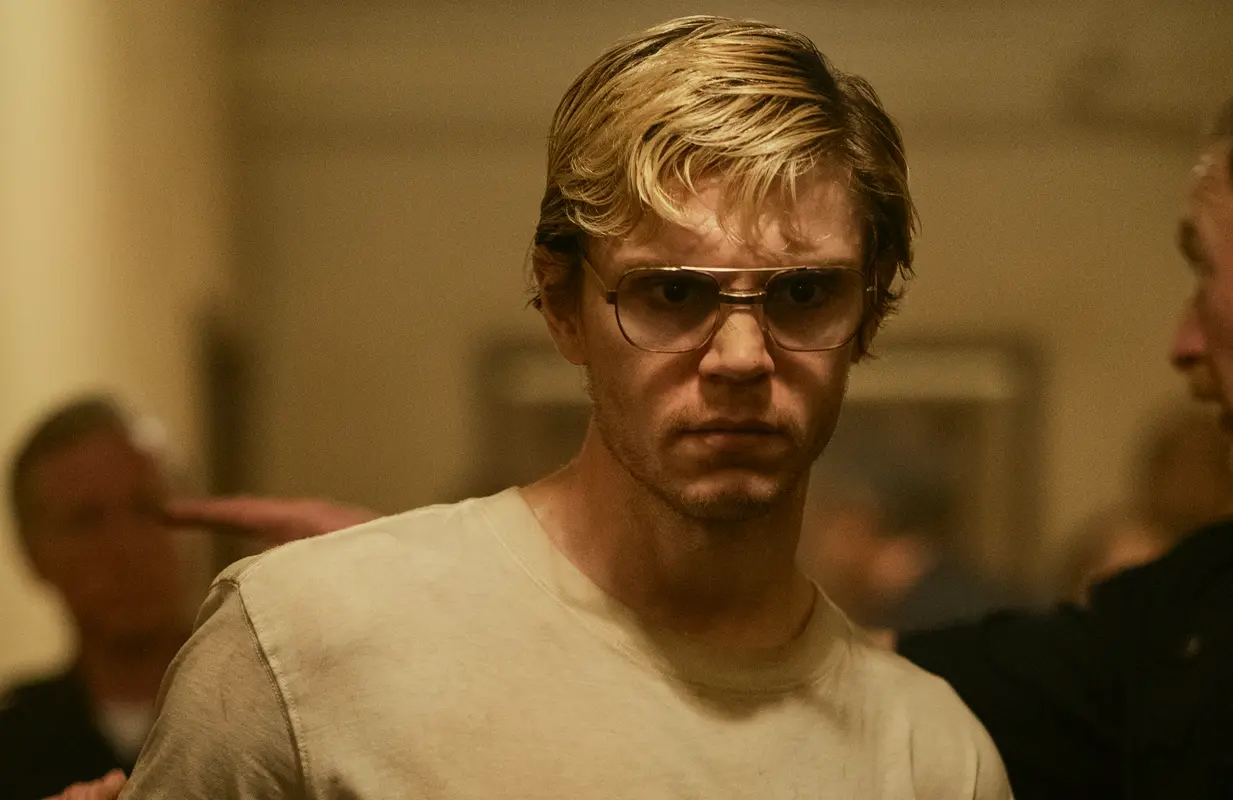
For decades, America was obsessed with serial killers. The wave crested in the 1990s, after The Silence of the Lambs swept the Academy Awards. It led to a host of high-profile fictional films about serial killers, including Copycat, Kiss the Girls, Seven, The Bone Collector, The Cell, and many more. During that decade, there were multiple weekly shows obsessed with the process of tracking and catching such offenders, including Profiler and Millennium.
These films and shows were mostly fictional, which insulated them from a lot of criticisms about the exploitative nature of the genre. Nevertheless, many of these narratives took their cues from real cases. In The Silence of the Lambs, Jame Gumb (Ted Levine) was inspired by killers Ted Bundy, Ed Gein, and Gary Heidnik. In Copycat, Peter Foley (William McNamara) explicitly models his crimes on famous serial killers. Even the original Scream took its cues from the murders of Danny Rolling.
Despite this ubiquity, the genre entered something of a decline at the turn of the millennium. Perhaps public attention shifted to the War on Terror, the serial killer becoming a less pressing bogeyman. However, this shift in focus coincided with larger trends. Harold Schechter has described the period from 1970 through 1999 as the “golden age of serial murder,” and the number of serial killers has declined dramatically since then. The press coverage that such crimes generated also fell.
However, there has been a renewed interest in the serial killer in recent years. Criminal Minds remains one of the most popular shows on television. Bryan Fuller’s Hannibal even tied itself back to Millennium by casting Lance Henriksen in an early guest role. However, there was a particular interest in specific real-life cases. There has been a wave of podcasts and streaming documentaries, not to mention dramatic miniseries and film adaptations, of real cases.
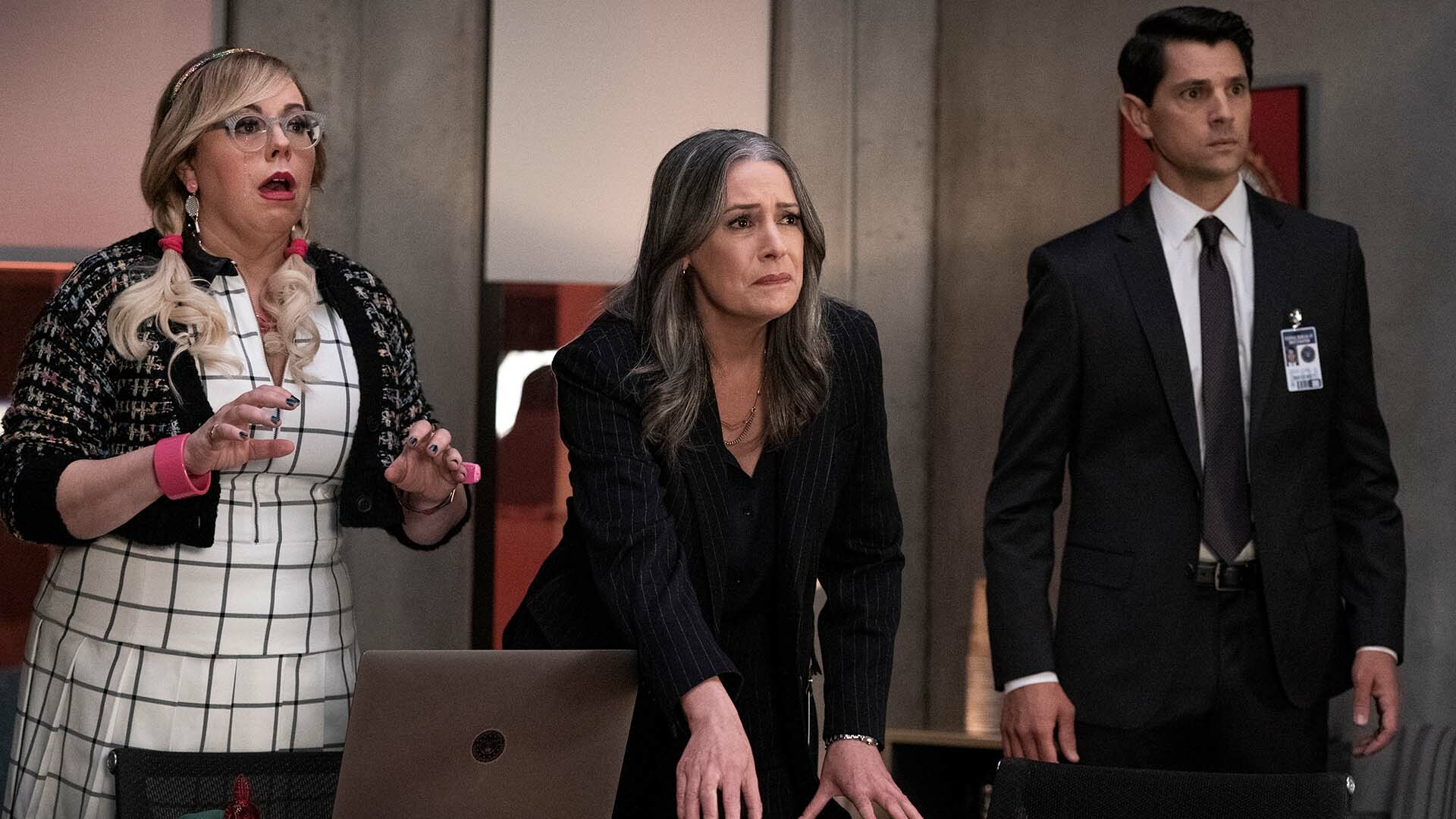
However, these adaptations exist in a complicated space. Modern pop culture seems more aware of the potential of these stories to be crass and exploitative and of the tendency to foreground (and even romanticize) these killers in a way that erases the suffering of their victims. “To me they’re the heroes during this, having to endure this publicity,” remarked Ted Bundy survivor Kathy Kliener in the lead-up to the release of Extremely Wicked, Shockingly Evil and Vile on Netflix.
The serial killer and the celebrity are often intertwined in the American popular consciousness, something that Oliver Stone played with in Natural Born Killers. In recent years, there has been debate about the value in naming the perpetrators of crimes like mass shootings, arguing that this grants the killers fame and publicity. There is a similar debate to be had about dramatizations of these sorts of crimes, the question of whether these figures deserve such attention.
There is a tendency in media to treat these sorts of offenders as unique specimens, to turn them into objects of fascination and study, elevating them to space reserved for political leaders and the people who designed the Air Jordan. While there are still examples of projects that conform to that template, such as the controversial Extremely Wicked, Shockingly Evil and Vile and Dahmer, there is a broader trend at work within the genre, trying to figure out a less sensationalist approach to true crime.
David Fincher is something of a pioneer in this field. Released in 2007, Zodiac performed somewhat disappointingly at the box office and during the awards race. However, the film’s been vindicated by history. It has become the template for a lot of modern true crime dramas. Of course, Fincher had established himself with Seven, a stylish serial killer thriller, but Zodiac worked by taking a much more grounded and measured approach to one of America’s most notorious unidentified killers.
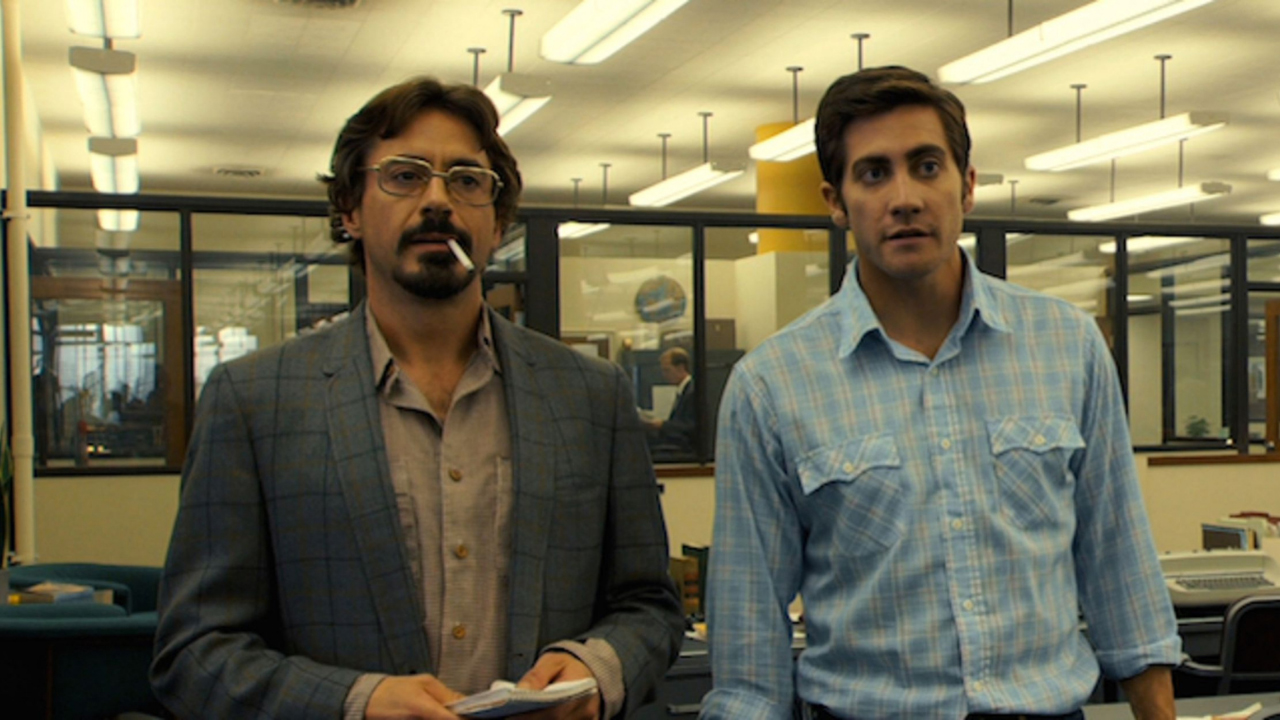
Zodiac was obsessed with the mechanics of investigation, the process of trying to catch a killer like that. The film spent a lot of time in archive rooms, offices, and basements. It considered the toll that the hunt took on the characters trying to solve the case, including Robert Graysmith (Jake Gyllenhaal), Dave Toschi (Mark Ruffalo), and Paul Avery (Robert Downey Jr.). Although it identified a chief suspect in Arthur Leigh Allen (John Carroll Lynch), it was never really interested in him.
Fincher would carry this approach over to Mindhunter, which launched on Netflix a decade later. The show looked at the founding of the Behavioral Science Unit at the Federal Bureau of Investigation. Like Zodiac, it is a show that tries to avoid sensationalizing its subject matter. Murders aren’t depicted on screen, and much of the series unfolds in offices, interview rooms, basements, and prison mess halls. It is very matter-of-fact.
Crucially, Mindhunter is not interested in treating its subjects as unique or singular. Set in the 1970s, the show is built around an effort to understand why these crimes are happening and how best to identify those responsible. In the first episode, young agent Holden Ford (Jonathan Groff) finds himself drawn to a lecture by Peter Rathman (Jordan Gelber), who contends that the emergence of this new breed of killer is not a series of isolated incidents.
“Look at the list of unprecedented events that have occurred in the past decade and a half,” Rathman advises Ford. “President assassinated. Fighting an unpopular war that we didn’t win.” Ford cuts in, “National Guard killing four college students.” Rathman agrees, “You can hardly wrap your mind around it.” To Mindhunter, the serial killer is not a phenomenon that exists in a vacuum, but is instead tied to a larger set of cultural trends and shifting norms.
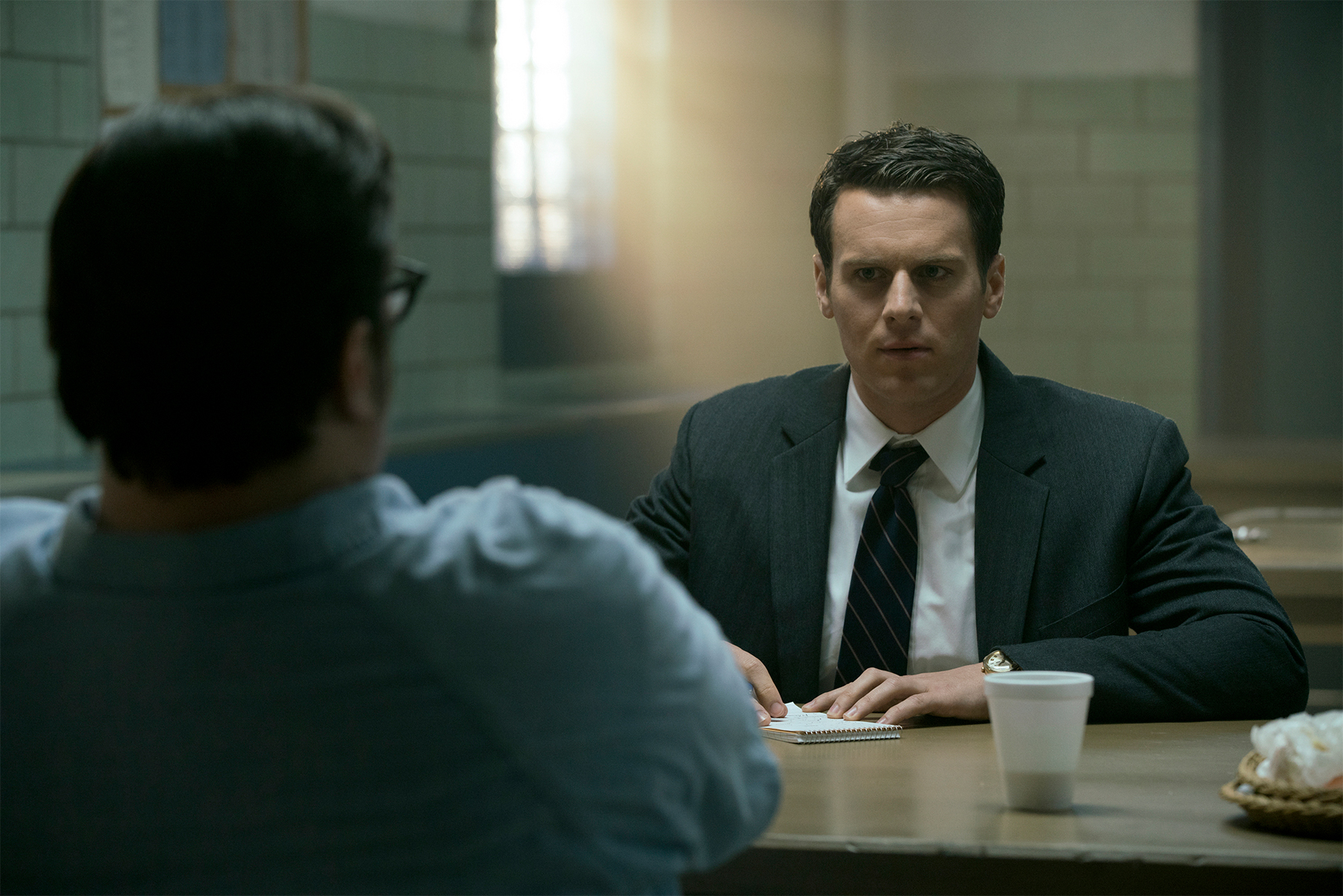
In that same premiere, Ford meets a young woman (Hannah Gross) who asks him to consider the theories of philosopher Emile Durkheim about the dehumanizing effects of urban living. Later in the season, academic Wendy Carr (Anna Torv), who is helping the team put together the tools to build a compelling dataset, muses that Richard Nixon meets the same standards of sociopathy as many of these killers. Bill Tench (Holt McCallany) jokes that their work “goes all the way to the White House.”
This reflects a growing understanding of that period in American history where the serial killer seemed to dominate popular consciousness, contending that the ubiquity of those killers was as much down to wider social issues like the “society of strangers,” blind spots in law enforcement, and systemic failures that allowed such predators to slip through the net. It’s a more holistic view of these sorts of crimes. As Ford puts it, “No more ‘just the facts, ma’am.’”
Several other films and shows have followed this approach. Lost Girls examined the unsolved Long Island serial killer through the lens of the systemic failure of local law enforcement, with David Edelstein dubbing it “an anti-police procedural.” The Good Nurse is the story of real-life serial killer Charles Cullen (Eddie Redmayne), but it is less interested in Cullen himself than in the system that let him kill. “Why?” asks Amy Loughren (Jessica Chastain). Cullen replies, “Because they didn’t stop me.”
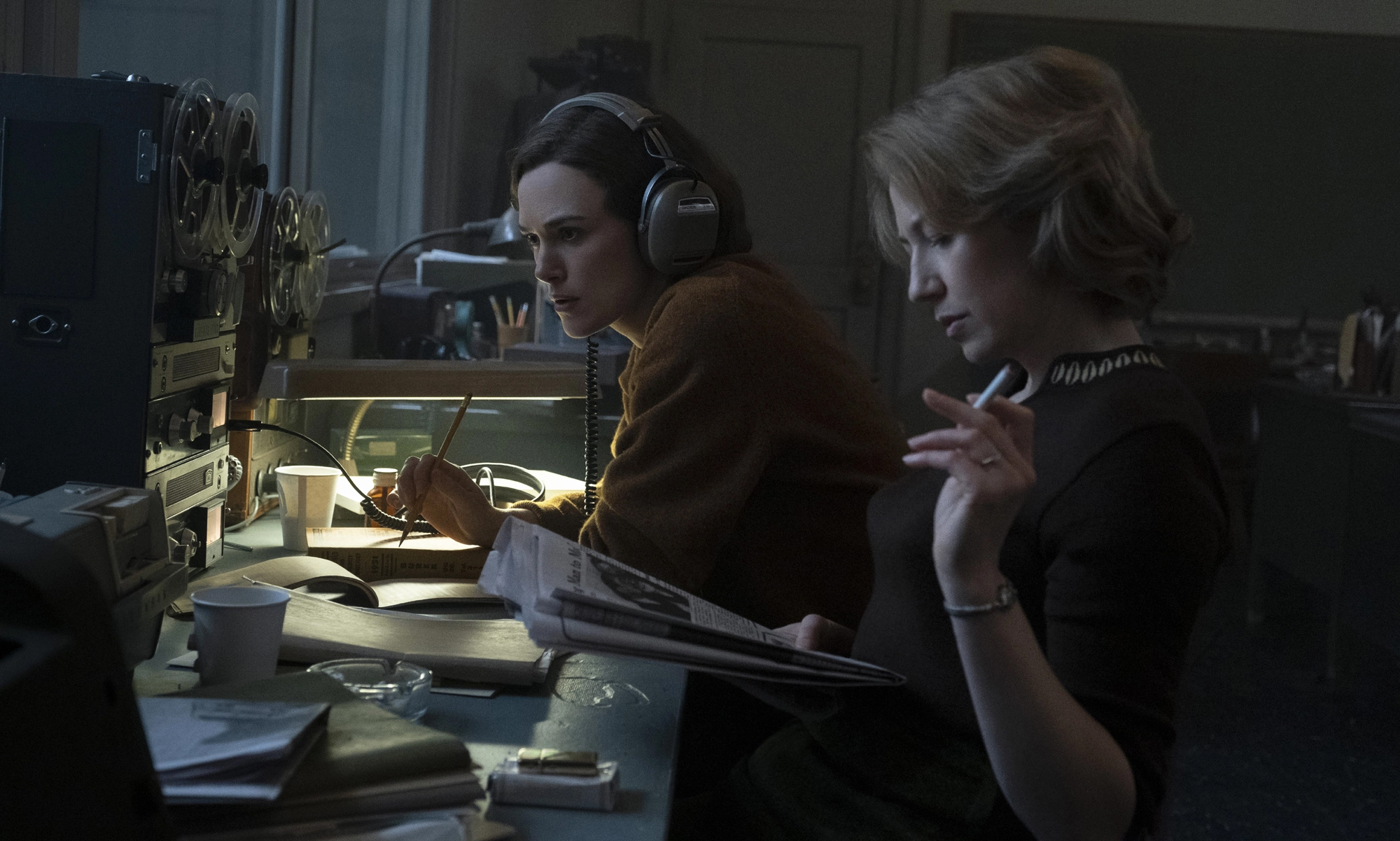
Boston Strangler wears the influence of Zodiac on its sleeve, including a sequence where journalist Loretta McLaughlin (Keira Knightley) is beckoned into a creepy space by a stranger (Ryan Winkles) with the promise of a killer lead, recalling an iconic scene from Zodiac. The film is less interested in killer Albert DeSalvo (David Dastmalchian) himself, advocating that there were multiple killers, and instead exploring how “the city can’t protect its women.” George Nassar (Greg Vrotsos) lays out the movie’s thesis statement, “Your safe little world is just an illusion. Men kill women. It didn’t start with Albert. Sure as hell doesn’t end with him either.”
Modern true crime is more interested in the failure of systems than it is in sensationalizing individual criminals. This trend arguably extends beyond the serial killer genre. Daniel Destin Cretton’s Just Mercy is recognizable as the spiritual successor to the “death row” dramas of the 1990s, like Dead Man Walking or The Chamber. Like this new wave of serial killer films, Just Mercy is less interested in individual melodrama than it is in using that framework to explore underlying systemic issues.
True crime has always been a thorny issue, one that could easily be crass or exploitative, turning the suffering of victims into sensationalist entertainment. In recent years, the genre has made a concerted effort to solve that.

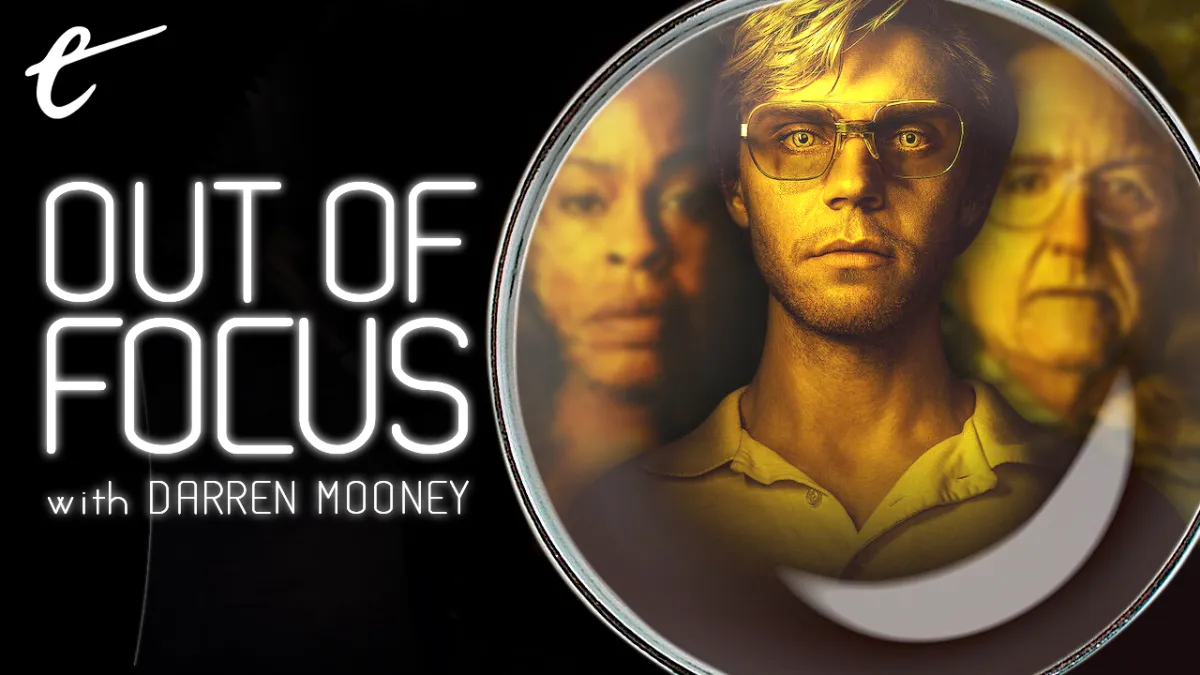




Published: Apr 19, 2023 11:00 am